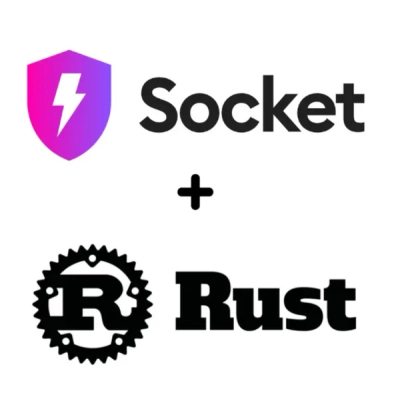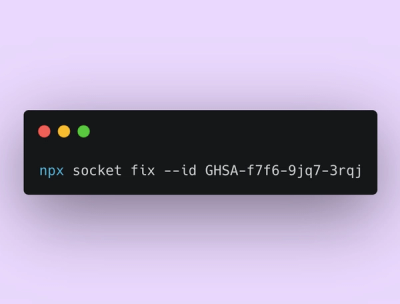
Product
Rust Support Now in Beta
Socket's Rust support is moving to Beta: all users can scan Cargo projects and generate SBOMs, including Cargo.toml-only crates, with Rust-aware supply chain checks.


LXDHub is a management system for linux containers (LXC). With LXDHub you can visualize LXC images of multiple (private & public) remotes. One of the key features of LXDHub is to clone LXC images from one remote to another. Therefor you can mirror public remotes to your private remote.
Under the hood, LXDHub is split in five packages. The following graph visualizes the dependencies of each package.
| Name | Version | Description |
|---|---|---|
| @lxdhub/web | - | The LXDHub webinterface |
| @lxdhub/api | The REST API for the LXDHub webinterface | |
| @lxdhub/dbsync | The script to synchronize multiple LXD remotes with the LXDHub database | |
| @lxdhub/db | The package, which provides database functions for the @lxdhub/api and @lxdhub/dbsync packages | |
| @lxdhub/common | The package, which provides common functions for all LXDHub-packages. |
The packages @lxdhub/db and @lxdhub/common are solely libraries, which can not be run seperatly. Whereas the packages @lxdhub/web, @lxdhub/api and @lxdhub/dbsync can be run seperatly via Docker or NodeJS.
Before you can start the application, you need to add your LXC certificates. More information on generate-lxc-certificates.md
You update the lxdhub remotes by editing the lxdhub.yml file. Simply copy the given template and add / alter remotes.
mv lxdhub.yml.template lxdhub.yml
vi lxdhub.yml
This script builds the project, builds the docker containers and runs them.
docker-compose build
docker-compose up
Run the automated test cases with NodeJS.
# Only need to do once
npm install
# Run tests
./bin/run-tests.sh
# Get coverage report on http://localhost:8000
cd coverage && python -m SimpleHTTPServer 8000
First you need to install lxd.
Then run the command ./bin/setup-local-test-remote.sh which uses the port 8443
for your local LXC REST API. The default password for your local remote is unsecret.
The LXDHub API offers a test environment, which can be tested manually.
To run the tests, NodeJS V9 needs to be installed and run npm install.
Run
./bin/start-lxdhub-api-test-env.sh
The data will no be loaded from your local SQLite database. The model data inside the test environment,
are defined inside the src/api/test/fixtures/*.json files.
@lxdhub/api and @lxdhub/dbsync packagesFAQs
Display, search and copy LXD-images using a web interface.
We found that lxdhub demonstrated a not healthy version release cadence and project activity because the last version was released a year ago. It has 1 open source maintainer collaborating on the project.
Did you know?

Socket for GitHub automatically highlights issues in each pull request and monitors the health of all your open source dependencies. Discover the contents of your packages and block harmful activity before you install or update your dependencies.

Product
Socket's Rust support is moving to Beta: all users can scan Cargo projects and generate SBOMs, including Cargo.toml-only crates, with Rust-aware supply chain checks.

Product
Socket Fix 2.0 brings targeted CVE remediation, smarter upgrade planning, and broader ecosystem support to help developers get to zero alerts.

Security News
Socket CEO Feross Aboukhadijeh joins Risky Business Weekly to unpack recent npm phishing attacks, their limited impact, and the risks if attackers get smarter.